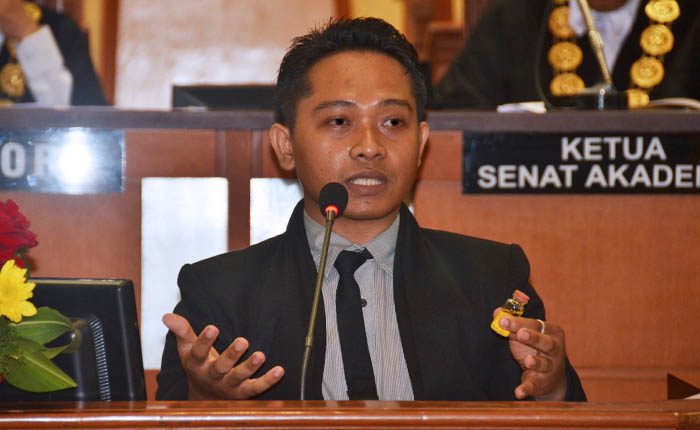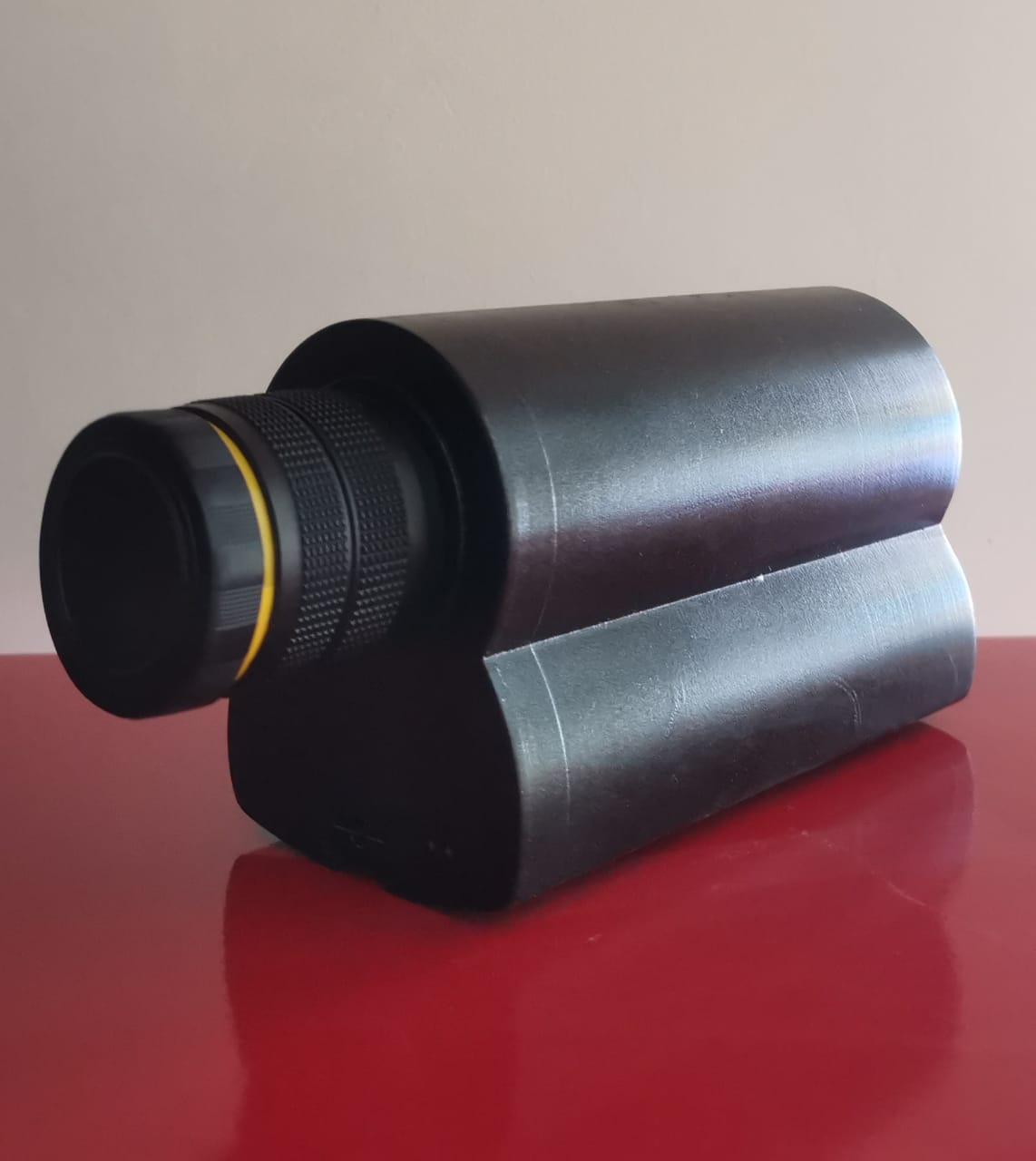UNAIR NEWS – Indonesia’s natural resources are very diverse, especially those in waters. Vannamei shrimp is one of the export commodities that continues to increase every year.
However, in its cultivation, vannamei shrimp requires special attention, especially the water quality of pond. All this time, vannamei shrimp farmers have been measuring pond water quality using conventional water quality parameter measurement techniques.
Therefore, Andi Hamim Zaidan, M.Si, Ph.D, together with a team from Universitas Airlangga’s Institute of Natural Sciences and Engineering (LIHTR) developed a new technique to measure water quality using hyperspectral technology for the cultivation of vannamei shrimp ponds in collaboration with PT. Surya Windu Kartika from Banyuwangi.
“We offer a solution that is more practical and much easier, cheaper, also better. So that later, they (pond farmers, ed) can do better practice of vanamei shrimp cultivation. This technology is expected to increase the quantity and quality of crop yields per cycle, “said the Physics lecturer of UNAIR on Thursday, April 15, 2021.
Zaidan said that in developing the technology, apart from creating a hyperspectral system, it also utilizes American and European satellites, LANDSAT and SENTINEL. These satellites are used as surveillance to see the conditions of the ponds and their surroundings.

In fact, water data throughout Indonesia for the last 10 years has been mapped and analyzed, he continued. The data is used to determine which water areas have the potential to be developed as vannamei shrimp ponds.
“So that later if there are entrepreneurs interested in opening new ponds, we can provide strategic data on which locations in Indonesia can be opened for vannamei shrimp ponds,” added the physics lecturer.
Zaidan revealed that in this research, big data and artificial intelligence technologies were developed. So that data from both the satellite and the developed hyperspectral system can be processed and strategic data can be obtained according to needs.
In data processing, to obtain the required parameters, a combination of wavelengths from the satellite and the hyperspectral system developed is selected. Then an algorithm is made to get the required parameters, such as the distribution and quantity of phytoplankton, disease potential, and nutrients both in the pond and in the waters around the pond.
To find out the accuracy of this new technology, the information obtained is compared with measurements in the field. From the research conducted, it has shown excellent results.
Zaidan revealed that one of the weaknesses of satellite surveillance is the limited wavelengths available, and the resolution is not good. That way, the LIHTR team is also developing technology that can capture from 300 to 315 wavelengths with good resolution.
“But indeed, our own device is limited. It means that it cannot be like a satellite which can cover the whole world. So it is usually used in ponds to do water quality surveillance,” he explained.
In the long term, hyperspectral technology will later be tried in the medical field as a diagnostic tool. “In addition to agriculture and aquaculture, we will use it for health applications later,” he concluded.
As the best university in Indonesia, UNAIR continues to support its human resources in conducting research that can bring benefits to the advancement of society. (*)
Author: Asthesia Dhea Cantika
Editor: Binti Q. Masruroh





